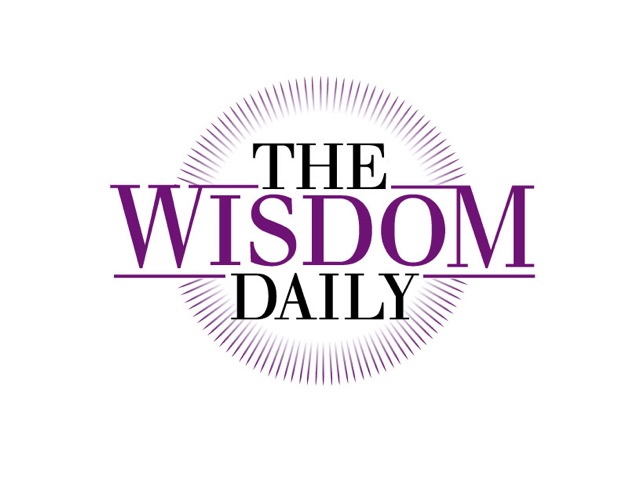Lin-Manuel Miranda, the genius behind Hamilton, has described his groundbreaking project as “America then being told by America now.” This statement is most often applied to the casting, choreography and style of the musical which presents the founding figures of the United States of America as people of color, and the story of our birth in a way coursing with contemporary language, sensibility, and vitality. Hamilton’s take on American history, however, penetrates deeper than its resetting the faces and the soundtrack that accompany the revolution. Miranda’s focus on the life and times of the “non-stop” immigrant and those, like their country, “young, scrappy, and hungry” allows for a radical reimagination of what was dear to America’s founders.
One moment that was telling in this reimagination came on a big stage: the Hamilton performance at the Tony Awards which came less than 24 hours after a man professing loyalty to the Islamic State used a semi-automatic rifle to murder 49 people on Latin night at an LGBTQ nightclub in Orlando.
Each element of the still unfolding tragedy resonates in different ways across the country and the Tony celebration was deeply affected. In addition to beautiful dedications, including Miranda’s own sonnet celebrating that “love is love is love”, the cast of Hamilton chose to acknowledge the murders by depicting the battle scene, “Yorktown (Turn the World Upside Down)”, without using muskets. Explaining this choice, the choreographer Andy Blankenbuehler affirmed that dropping the guns epitomized America, and was a fitting extension of the moment in the show that these muskets are lowered after winning liberty against the British.
While Hamilton is set against a story of a revolutionary war in which “guns and ships” must be procured and that, for good measure, ends with its hero shot to death in a duel, the meaning of “the right to bear arms” is not among the many heated constitutional issues explored in the play. This is interesting because the Second Amendment has become the focal point of a contemporary battle over understanding the founders’ and framers’ attitude toward the scope of the government’s authority, as well as the role of an armed citizenry in keeping it in check. And among the texts that are called on to support various claims as to the framers’ original intent are the Federalist Papers, initiated and chiefly written by Alexander Hamilton.
In its most common iteration the constitutional debate over gun ownership pits a reading of the second amendment as a collective right to maintain a “well regulated militia” against the affirmation of an individual right for the “people to bear arms.” Around those readings there exist degrees of willingness or refusal to balance freedom to own firearms with the authority of Congress to set restrictions as to the conditions of possession, manners of purchase, and types of weapon.
To my understanding, neither an individual right for any desired purpose nor the limitation of arms to a regulated militia seem to be exactly in line with Hamilton and other defenders of the Constitution’s vision of a federal government strong enough to defend the Union, but capable of being held in check by the people. Ironically, of the major rationales for a right to bear arms, the ones that seem least radical — hunting and personal defense against criminal intruders — are farthest from the conversations of the framers. On the other hand, the need to hold despotic rulers accountable to their own citizenry was a major concern to overcome in order to win approval for the Constitution and the stronger union.
So, if the framers were to join today’s fray they might simultaneously undercut arguments for gun ownership that are most compelling for many Americans, and bolster some claims for superior firepower that are championed only by a minority. This seems completely contradictory. But, as Miranda’s Hamilton responds to Burr, “so is independence.”
So where does that leave us? With the genius of Hamilton teaching us how to appreciate the genius of Hamilton (and his compatriots). The founders and framers were historically all white men, property owners and, despite Hamilton’s having started from the bottom, members of the elite. They all had some degree of fear, if not disdain, for rule of the masses and did not know how long their experiment would last. Part of the power of Lin-Manuel Miranda’s masterpiece is that he cuts through each of those layers, not to reveal the founders’ ideas as disembodied and timeless, but rather to present new embodiments of their personalities and the reconstruction of their ideas for our particular time.
In showing how we can understand our origins in a way both faithful to and unbound by history, Hamilton may point us to a way the America then can be relevant to America now. As radical as the casting of people of color, as the leads in the telling of America’s birth is, it is matched by Miranda’s focus on words over bullets as the true revolutionary weapon and the great liberator of both individuals and peoples.
In facing the unfinished work, we too will not throw away our shot until the world turns upside down.

Michael Bernstein, a Rabbi, has served since 2009 as Rabbi of Congregation Gesher L’Torah, a vibrant and dynamic Synagogue community in north Atlanta where each person’s story is embraced and Judaism is personal. He was ordained as a conservative Rabbi at the Jewish Theological Seminary in New York in 1999. He and his wife Tracie have three children, Ayelet, Yaron and Liana.

